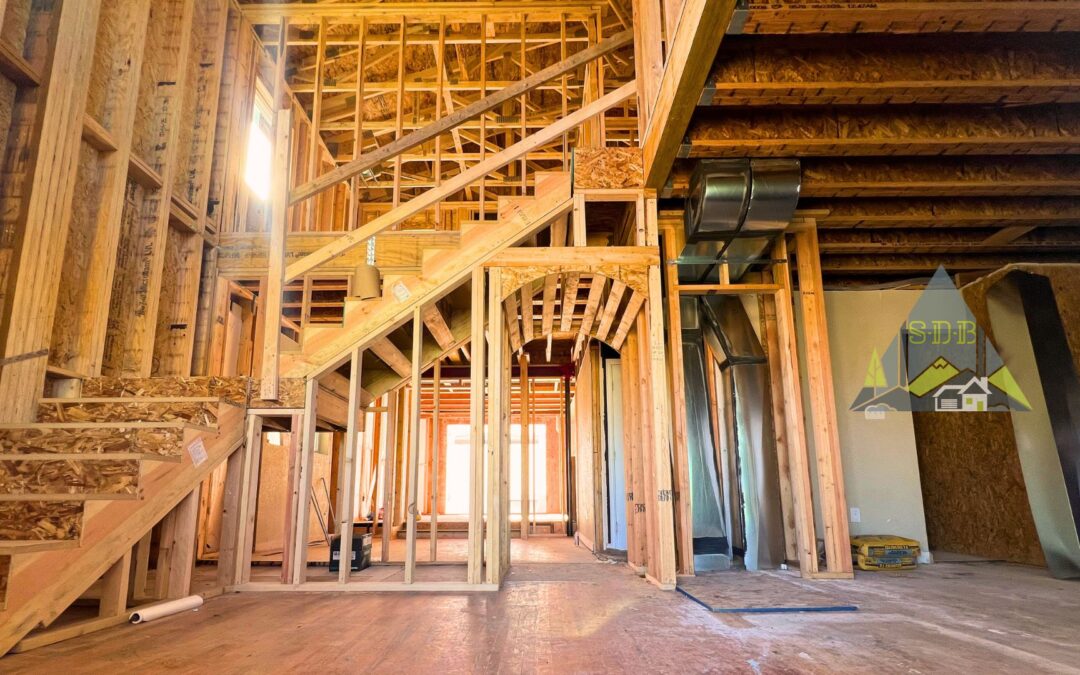
Dec 29, 2025 | Golden
Home Additions Builder in Golden by a design-build can help expand their home thoughtfully while preserving the character of their neighborhood. By adding square footage through well-designed room additions, second-story expansions, or custom remodels, homeowners in Golden can enhance comfort, increase property value, and adapt their homes to evolving lifestyle needs — all with guidance from a contractor who understands the community, permitting challenges, and architectural context of this historic foothills town.
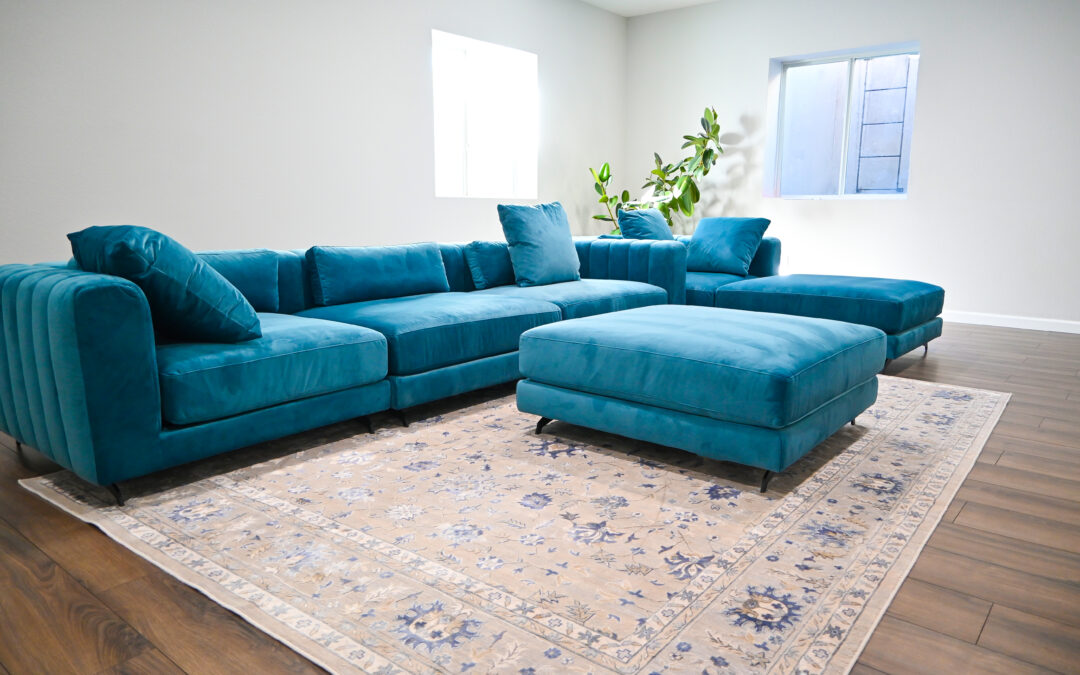
Dec 26, 2025 | Arvada
Arvada basement remodeling allows homeowners to transform unused space into functional living areas while increasing home value and long-term usability. By finishing or upgrading a basement, homeowners in Arvada can add bedrooms, family rooms, home offices, or rental-ready spaces without expanding the home’s footprint, making basement remodeling one of the most cost-effective renovation options in the area.

Dec 24, 2025 | ADU, Wheat Ridge
A Wheat Ridge ADU offers homeowners a practical way to create flexible living space while increasing long-term property value. With updated zoning regulations and a more accessible permitting process, building an accessory dwelling unit in Wheat Ridge is now a viable option for families seeking multigenerational housing, rental income potential, or future-ready living without leaving their established neighborhood.

Dec 15, 2025 | Home Remodeling
Homeowners in Golden, Colorado are increasingly choosing to remodel or expand their existing homes rather than move. With historic neighborhoods, foothills terrain, and specific zoning requirements, successful remodeling in Golden depends on local experience, thoughtful planning, and a design-build partner familiar with the area’s permitting and construction conditions.
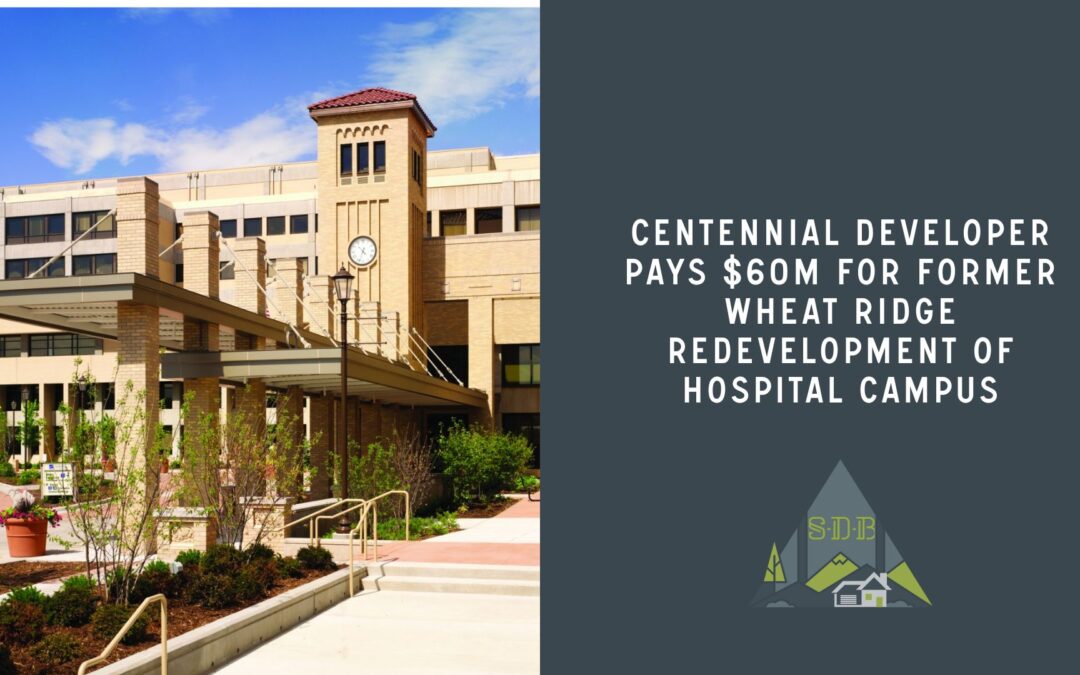
Dec 15, 2025 | Home Remodeling
Major redevelopment in Wheat Ridge reflects a growing preference for infill growth and adaptive reuse across the Denver metro area. As large sites are reimagined, homeowners in Wheat Ridge are increasingly turning to home additions, ADUs, and remodels as practical ways to expand living space without leaving established neighborhoods.

Dec 8, 2025 | Home Remodeling
Beginning the residential design phase during a quieter construction period gives homeowners more room for creativity, clearer budgeting, and better access to materials and professionals. By starting early, homeowners can refine their ideas, plan strategically, and be fully prepared when construction demand rises again.
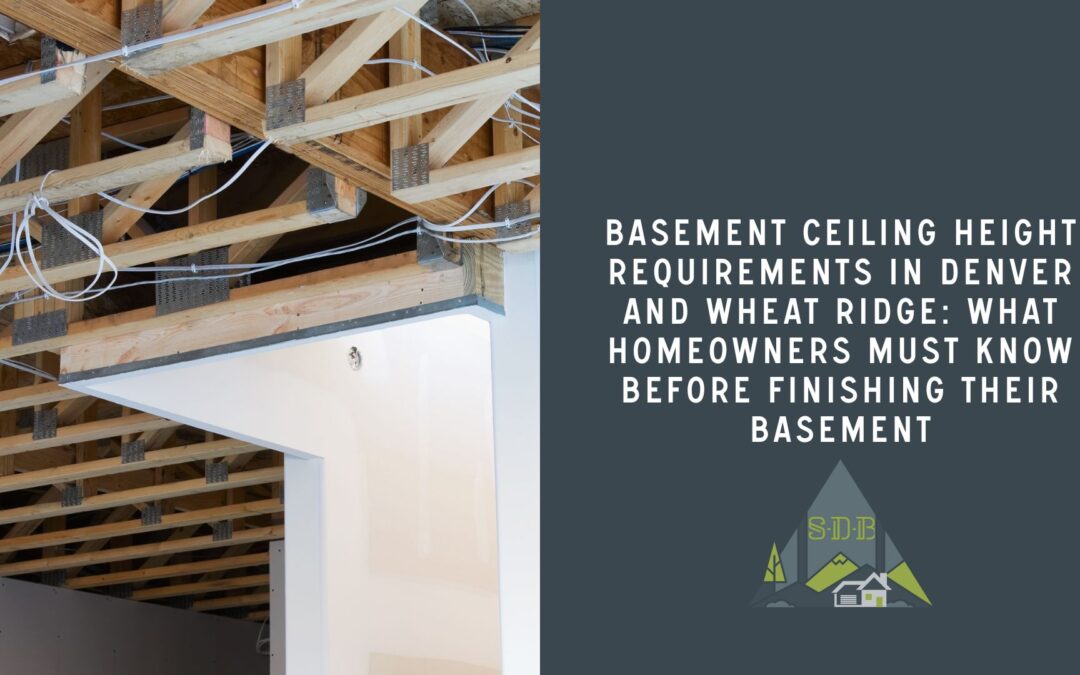
Dec 5, 2025 | Resources
Basements in Colorado must meet specific ceiling height requirements before they can be legally finished or used as habitable space. Under current building codes, most finished basements must maintain a minimum ceiling height of 7 feet, with limited allowances for beams, ducts, or structural projections. Older homes may qualify for certain exceptions, but modifications such as structural adjustments, slab lowering, or duct reconfiguration are often required to meet code. Knowing these requirements early helps homeowners understand feasibility, permitting, and design options for a successful basement remodel.
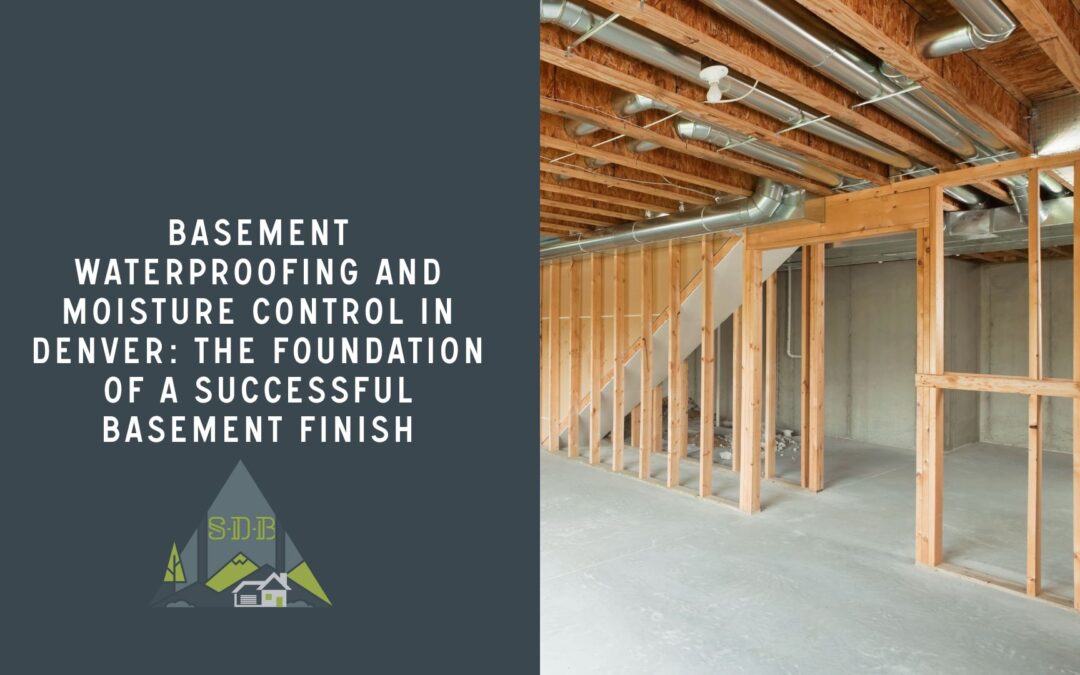
Dec 4, 2025 | Resources
Basement waterproofing and moisture control are essential steps before any basement finishing project in Denver. Because Colorado soils experience seasonal expansion, snowmelt, and inconsistent moisture levels, basements are especially vulnerable to seepage, humidity, and foundation movement. Effective basement waterproofing includes drainage improvements, vapor barriers, sump pump systems, grading corrections, and proper insulation. Addressing moisture early protects finishes, prevents mold, and ensures long-term durability for a finished basement.
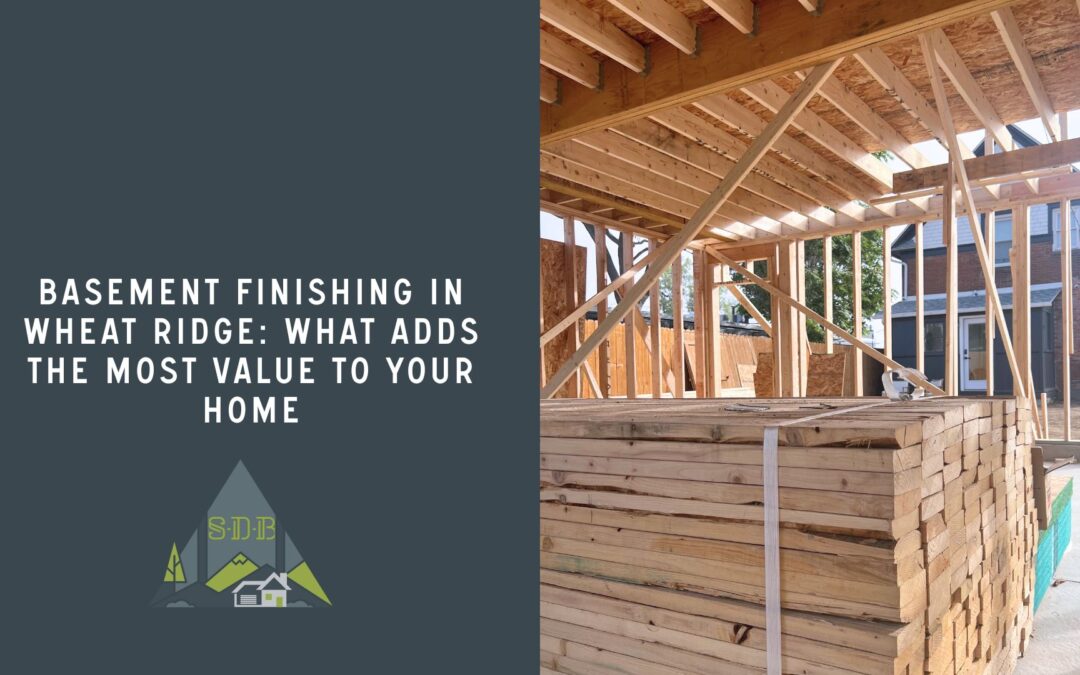
Dec 2, 2025 | Resources
Finishing a basement in Wheat Ridge is one of the most cost-effective ways to add usable square footage and increase home value. High-impact upgrades such as adding a bedroom with egress, building a modern bathroom, creating flexible living areas, and improving natural light provide the strongest return on investment. In 2025, thoughtfully designed basement finishing projects typically increase home value by up to 20 percent, especially when completed with quality construction and clear permitting.
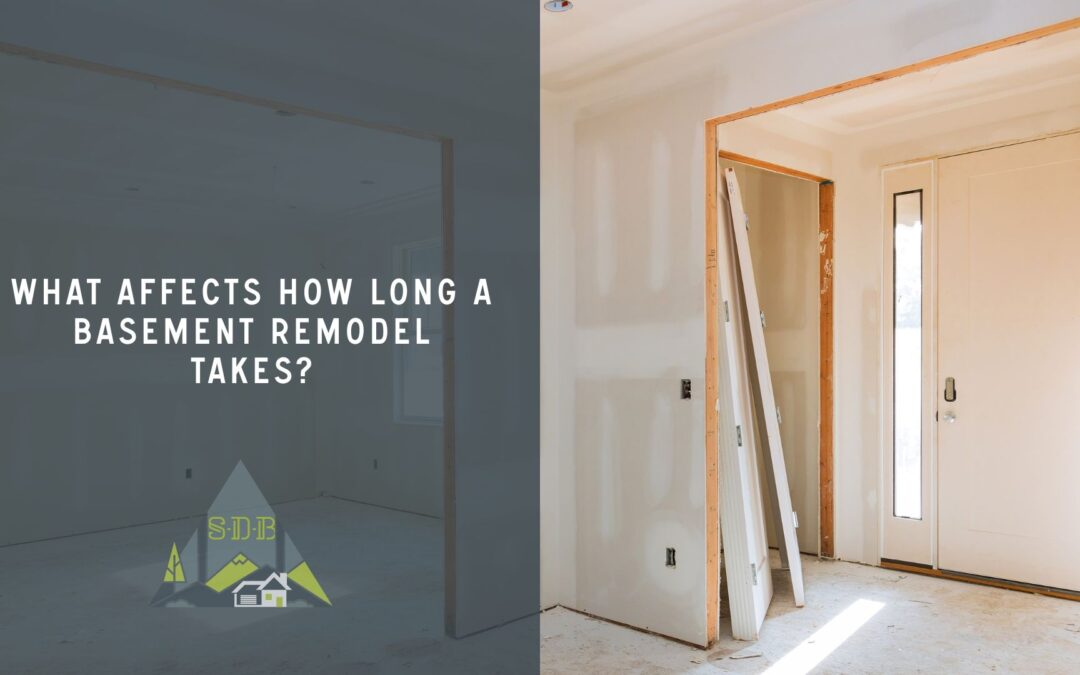
Nov 28, 2025 | Resources
Learn what affects how long a basement remodel takes and why most projects require 4 to 8 weeks depending on scope and existing conditions.
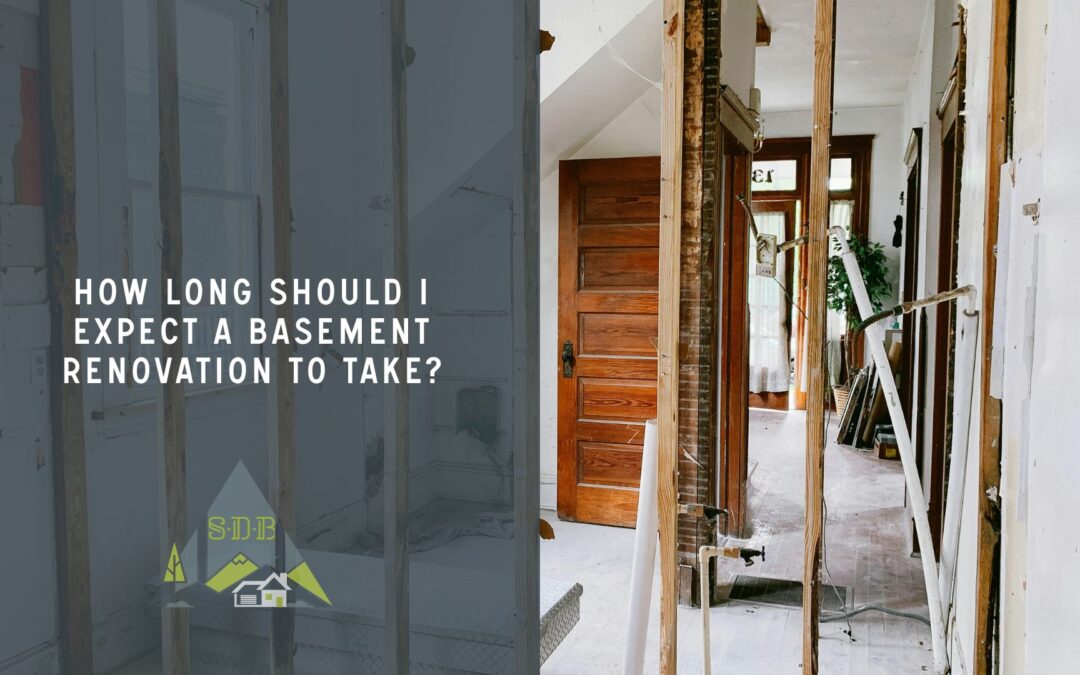
Nov 27, 2025 | Resources
How long should you expect a basement renovation to take? Discover why most projects require 4 to 8 weeks and how professionals maintain schedule efficiency.
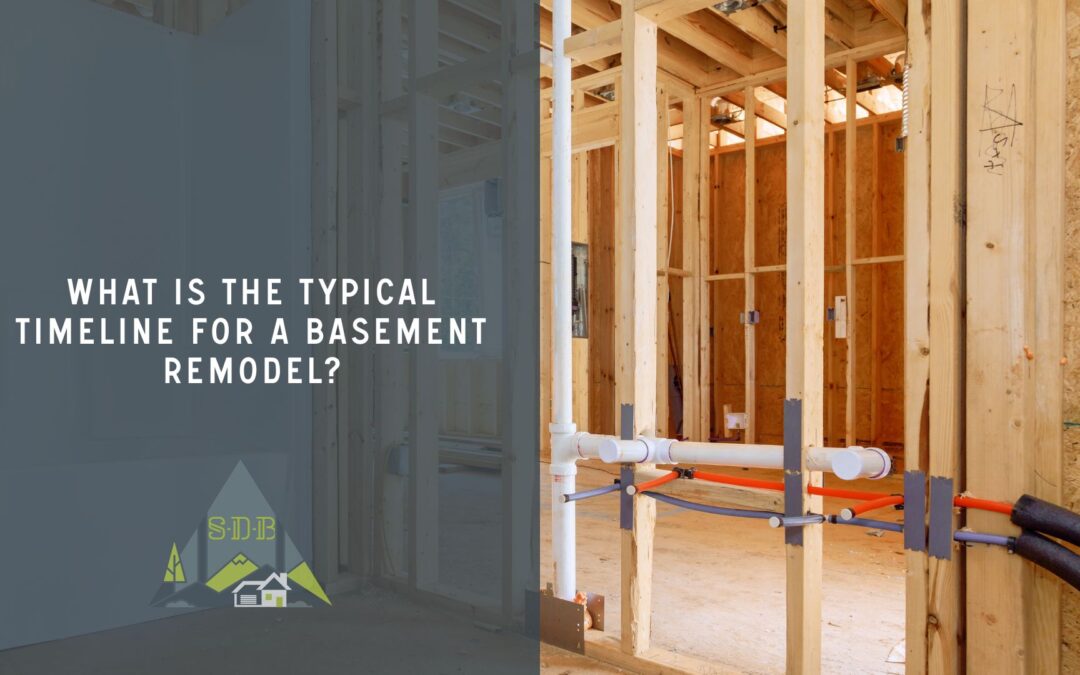
Nov 25, 2025 | Resources
The typical timeline for a basement remodel is four to eight weeks, depending on permitting, design, upgrades, and finishing materials.
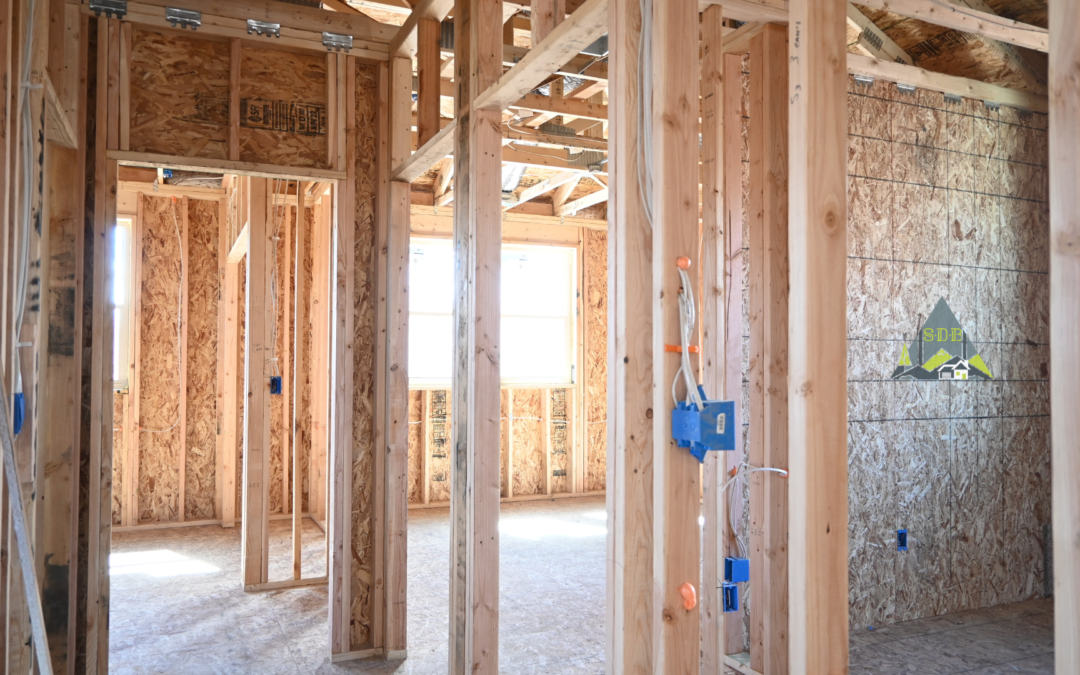
Nov 22, 2025 | Resources
A basement remodel in Denver typically takes four to eight weeks, although the total duration depends on permitting, scope, mechanical upgrades, and finish selections. Construction includes framing, rough-ins, drywall, and interior finishes. Working with a professional contractor like Sustainable Design Build helps keep schedules predictable.

Nov 14, 2025 | Resources
Basement finishing projects offer an average 70% return on investment (ROI), making them one of the most profitable home improvements in the Denver metro area. Homeowners typically spend $30,000 to $70,000, with resale value and livability gains that significantly enhance long-term property worth.
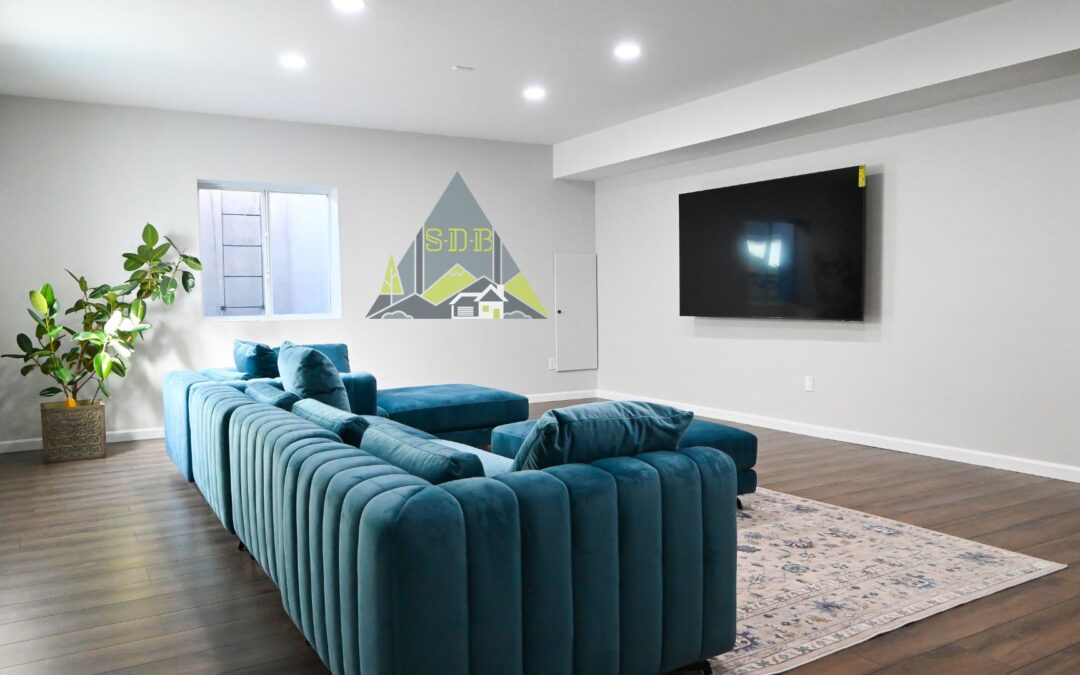
Nov 14, 2025 | Resources
A basement remodel typically costs 30–50% less than a home addition, averaging $25,000 to $70,000 depending on design scope, finishes, and layout. Because the structure already exists, basement renovations offer one of the best returns on investment among major remodeling projects.
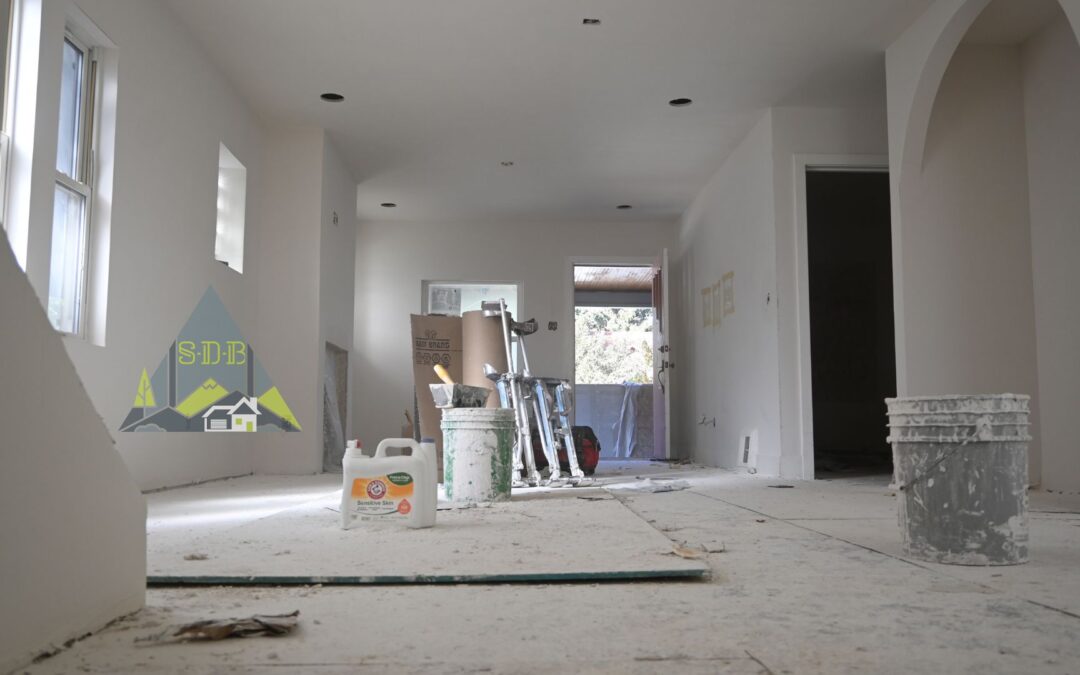
Nov 13, 2025 | Resources
Converting a basement into a rental suite or ADU typically costs $40,000 to $120,000, depending on layout, plumbing, and finishes. The average price per square foot ranges from $20 to $45, and rental income can offset costs within five to seven years.

Nov 12, 2025 | Resources
The average cost to finish a basement ranges from $7 to $23 per square foot, depending on materials, design complexity, and contractor rates. In Denver, homeowners typically spend $40,000–$70,000 for a finished basement with livable amenities like bathrooms, offices, or media rooms.

Nov 11, 2025 | Resources
To finish a basement adds valuable living space and boosts property value, but the cost can vary widely on design and materials. According to sources and trends, the average cost to finish a basement ranges between $7 and $23 per square foot. For a 2,500-square-foot basement, homeowners can expect to invest between $17,500 and $57,500 on average.

Nov 7, 2025 | Resources
In early November 2025, Littleton voters approved Ballot Question 3A by a margin of approximately 55 percent, enshrining single-family zoning protections into the city’s charter. (The Colorado Sun) The new amendment freezes zoning rules in most residential districts as of January 1, 2025, and requires voter approval for city-initiated rezoning of those districts. (littletonco.gov)
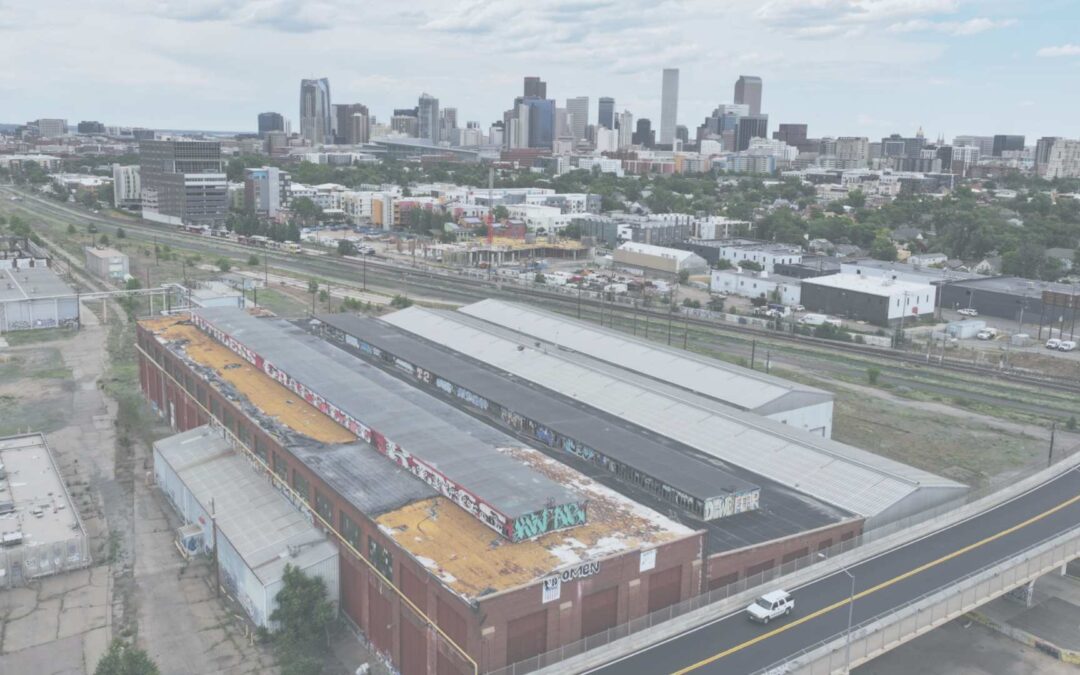
Nov 6, 2025 | Resources
In recent weeks, the Denver Broncos submitted a formal redevelopment plan for their next home at Burnham Yard, a long-vacant industrial site just south of downtown Denver. The proposal envisions a new stadium surrounded by a walkable, mixed-use entertainment district—complete with housing, retail, and public green space.

Nov 6, 2025 | Resources
After sitting empty for more than two decades, the long-vacant lot at 5555 Greenwood Plaza Blvd is finally on its way to becoming a new residential community. Earlier this fall, the Greenwood Village City Council voted 8–0 to approve Century Communities’ plans for 90 single-family homes on 13 acres just south of The Landmark development — a mixed-use area featuring shops, restaurants, and two condominium towers.

Nov 4, 2025 | The Construction Industry
As of 2025, the City and County of Denver has overhauled its permitting system to reduce approval times that once exceeded 300 days. The new Denver Permitting Office (DPO) now targets a 180-day review period, adds public tracking dashboards, and streamlines coordination among city departments. This means faster approvals and clearer timelines for homeowners and builders planning remodels, additions, or custom homes with firms like Sustainable Design Build (SDB).
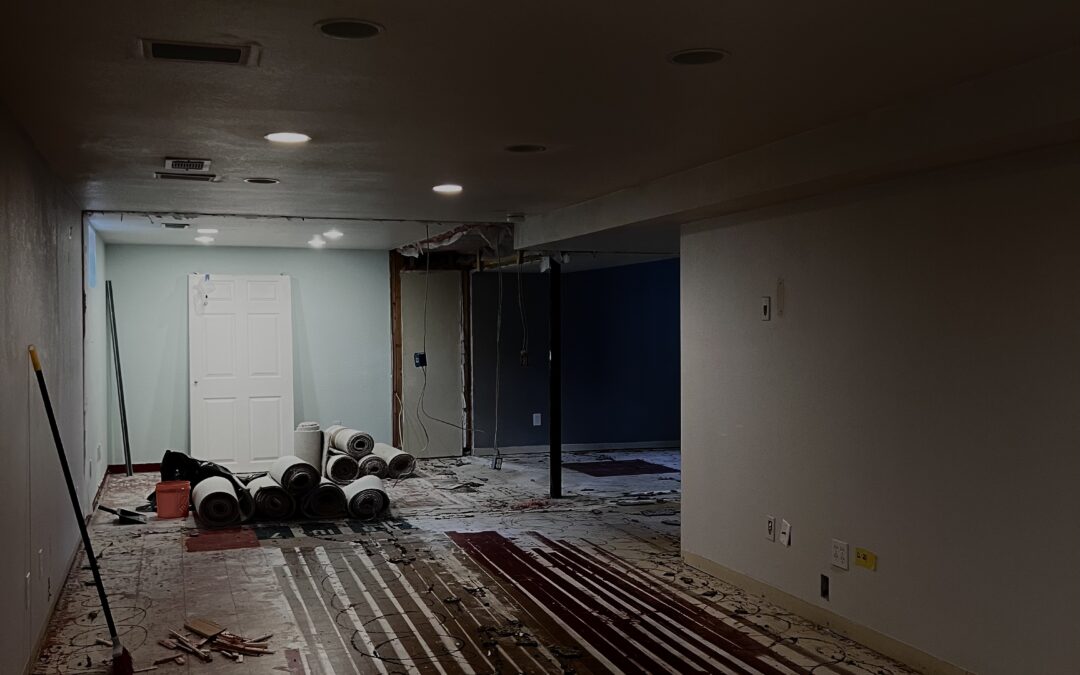
Oct 31, 2025 | Home Remodeling
This Halloween season, discover how Sustainable Design Build helps Denver homeowners transform their basements and beyond from dark, unused spaces into warm, functional areas perfect for everyday living.
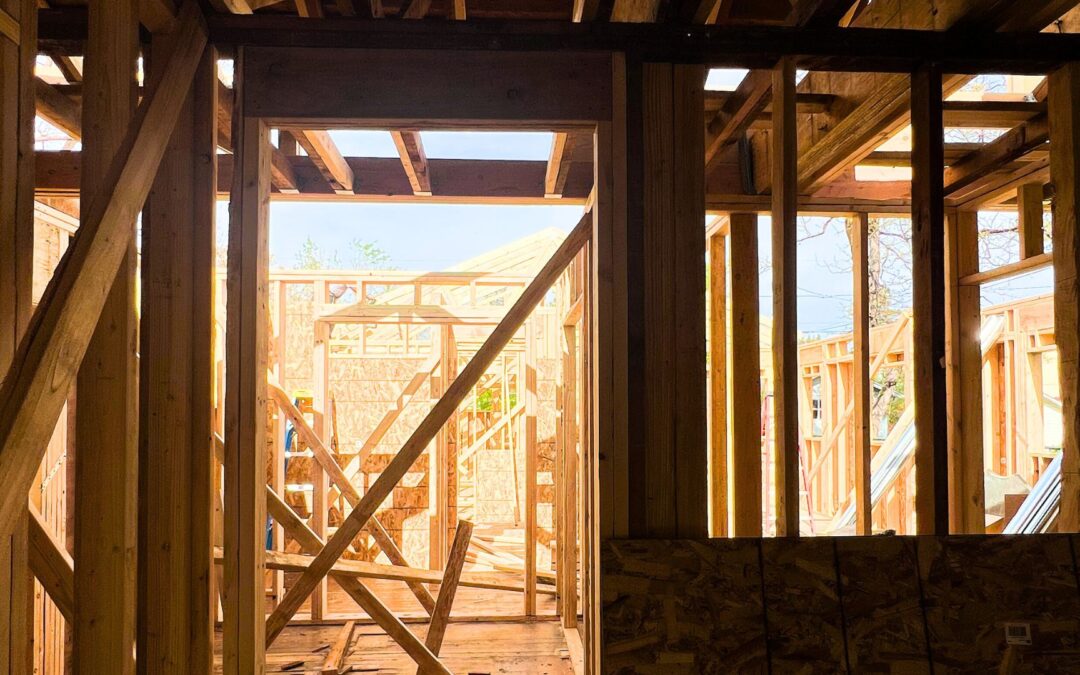
Oct 28, 2025 | Home Remodeling
Expanding your home with a home addition is one of the most effective ways to gain space, comfort, and long-term value without moving. Whether you’re planning a new family room, primary suite, or connected guest quarters, the addition process transforms both your home and how you live in it. Once the design and permitting phases are complete, construction begins—and with it comes the exciting (and busy) phase of activity at your property.
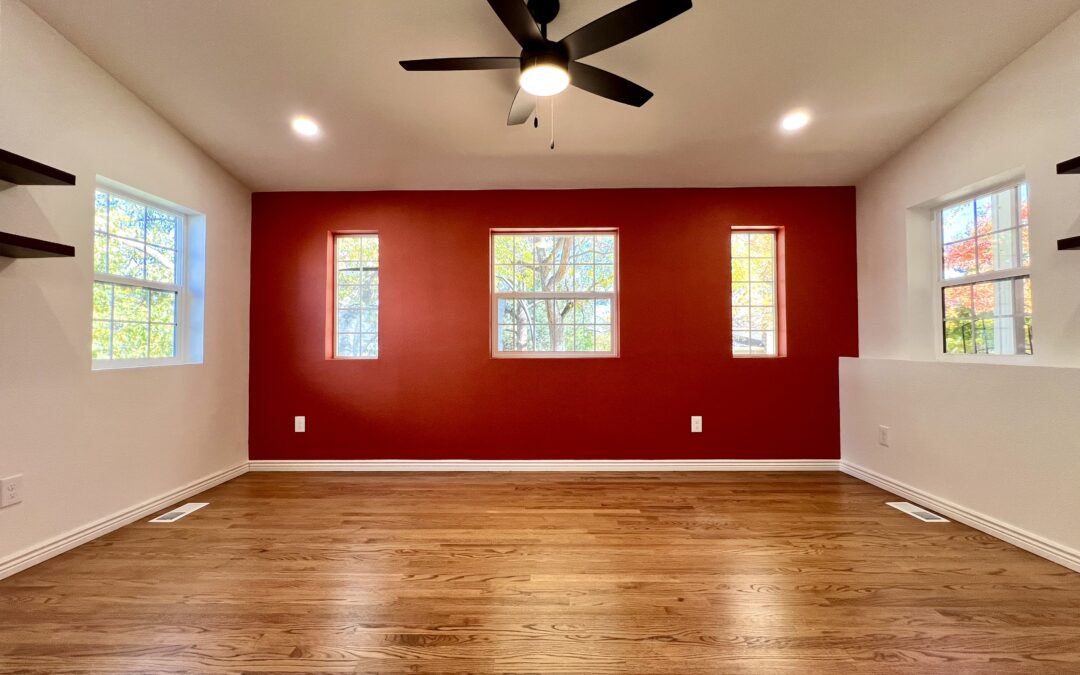
Oct 24, 2025 | Home Remodeling
As remote and hybrid work continue to redefine how professionals live and connect, the need for a dedicated home office has never been greater. Many Denver homeowners are now turning to home additions as a way to create productive, comfortable spaces that fit seamlessly into their existing homes. A thoughtfully designed addition offers more than square footage—it enhances daily function, privacy, and long-term property value.
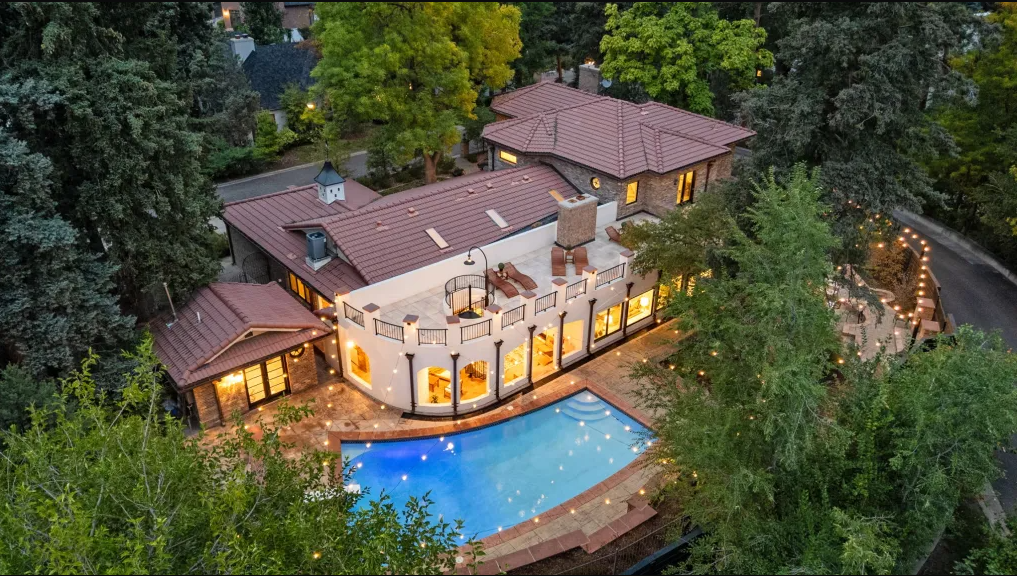
Oct 21, 2025 | Resources
A recent Denver Post article highlighted a remarkable property in the Washington Park neighborhood: a six-bedroom, six-bathroom estate at 2111 E. Alameda Ave., listed for $4.2 million.
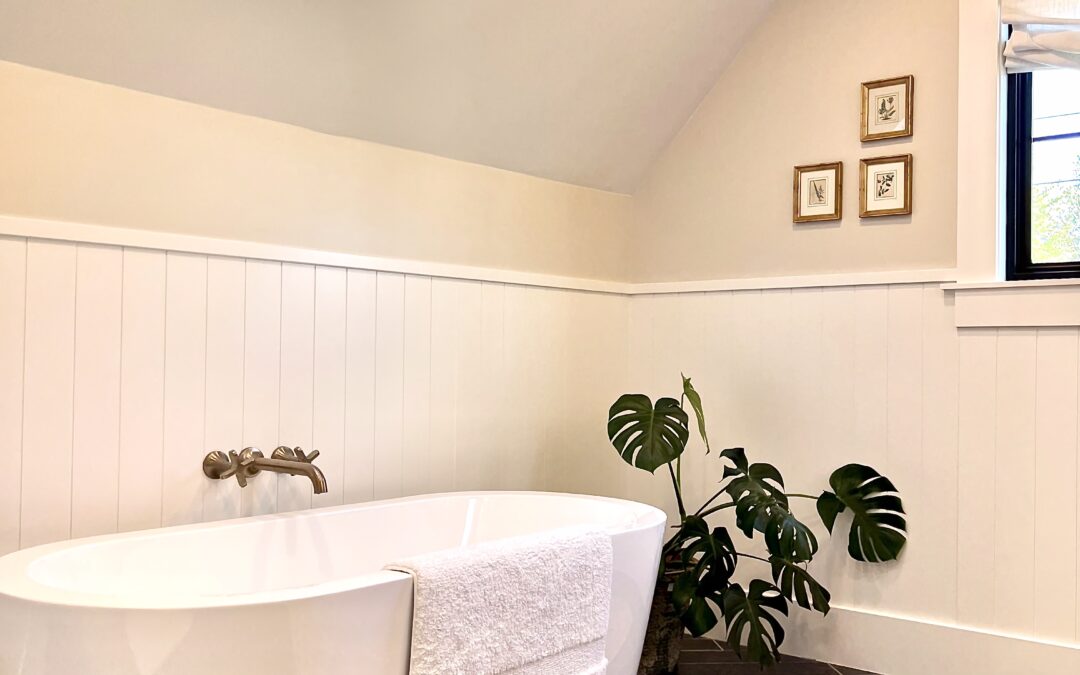
Oct 20, 2025 | Interior Design
Setting an interior design budget is one of the most important early steps in creating a cohesive and comfortable home environment. In the Denver metro area, homeowners continue to balance design goals with the realities of construction costs, material pricing, and lifestyle priorities. Understanding what defines a reasonable design budget can make the process smoother and more rewarding from start to finish.
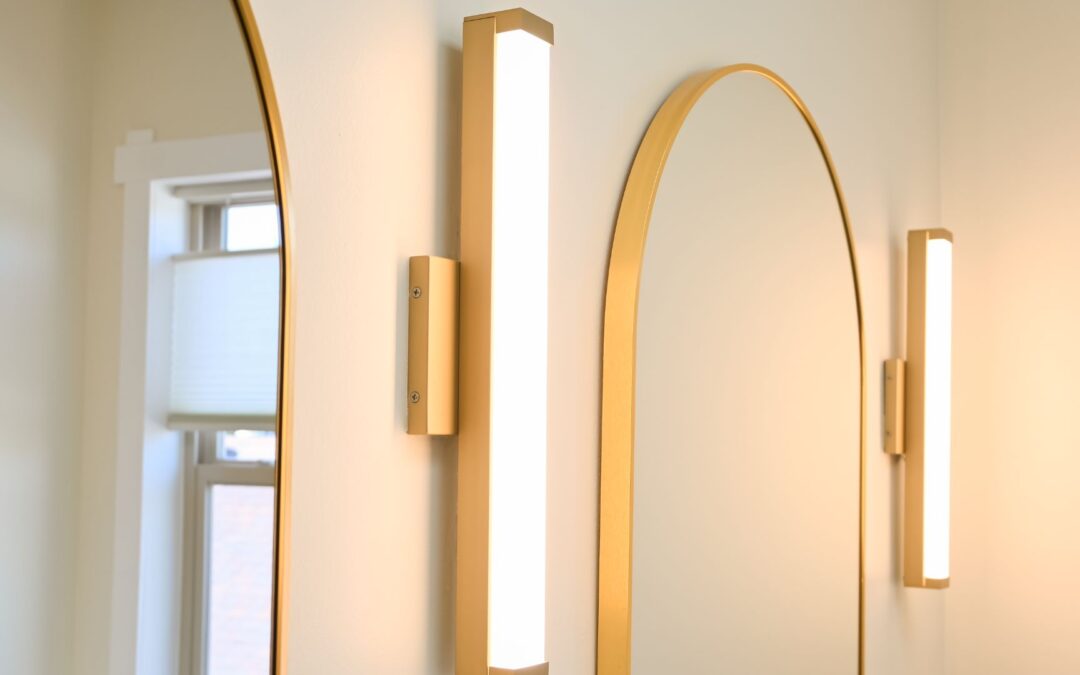
Oct 16, 2025 | Interior Design
How much does an interior designer cost in Denver?
In 2025, most interior designers in the Denver area charge between $100 and $300 per hour, or offer flat-rate packages ranging from $2,000 to $5,000 per room. For larger home renovations or full design-build projects, fees typically represent 10 to 25 percent of the total construction cost. Actual pricing depends on project size, designer experience, and material selections, but local homeowners can expect costs that reflect Denver’s active remodeling market and growing demand for personalized spaces. Firms such as Sustainable Design Build often integrate design coordination directly into construction planning, helping homeowners align budgets, timelines, and aesthetic goals more efficiently.
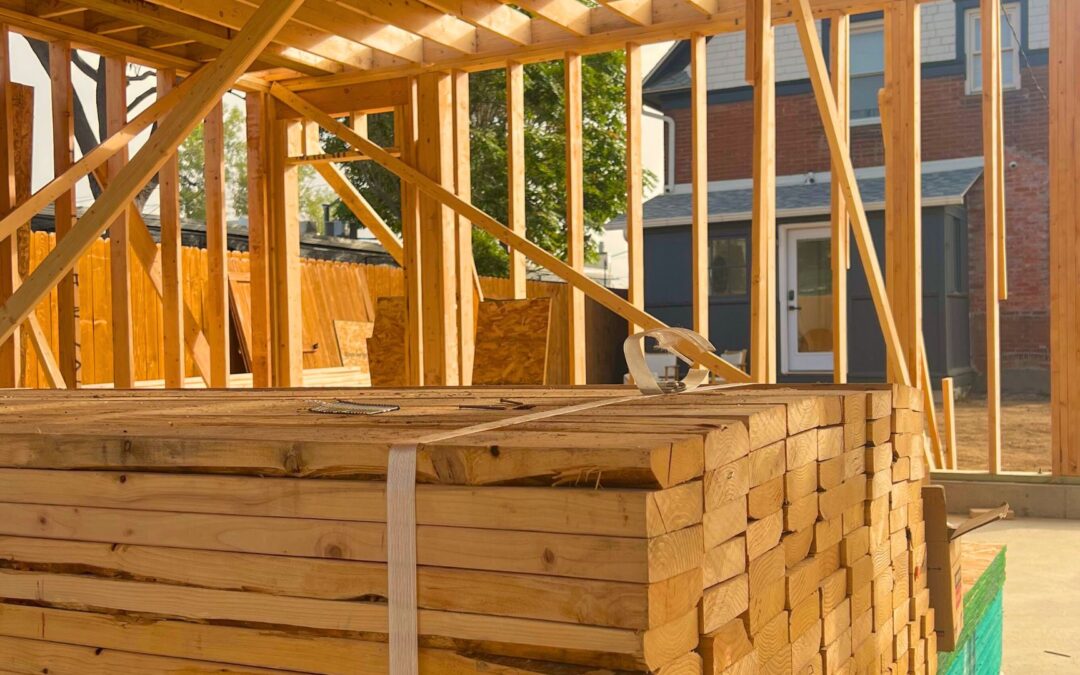
Oct 15, 2025 | The Construction Industry
As the Denver Broncos pursue success on the field this fall, an equally ambitious project is beginning to take shape off it. The team’s ownership, led by CEO Greg Penner, recently confirmed that planning is underway for a state-of-the-art stadium and entertainment district at Burnham Yard, signaling one of the city’s most transformative developments in recent years.

Oct 13, 2025 | The Construction Industry
As the Denver Broncos pursue success on the field this fall, an equally ambitious project is beginning to take shape off it. The team’s ownership, led by CEO Greg Penner, recently confirmed that planning is underway for a state-of-the-art stadium and entertainment district at Burnham Yard, signaling one of the city’s most transformative developments in recent years.





























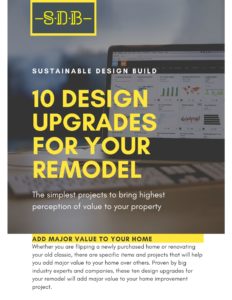
Recent Comments